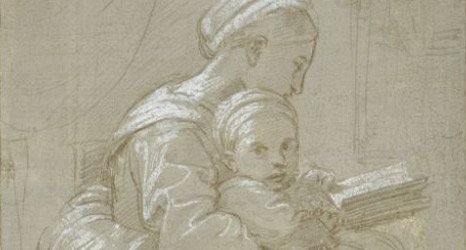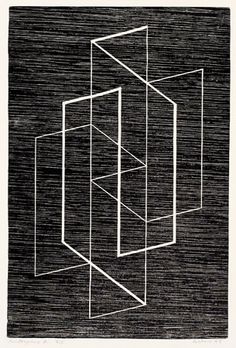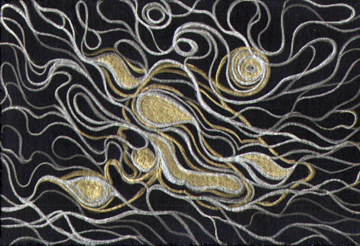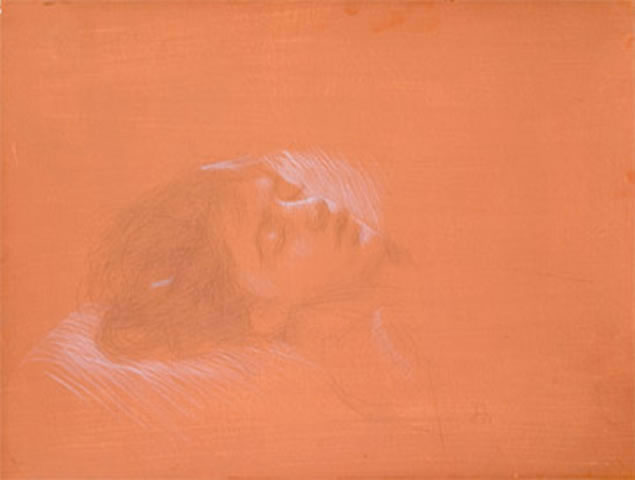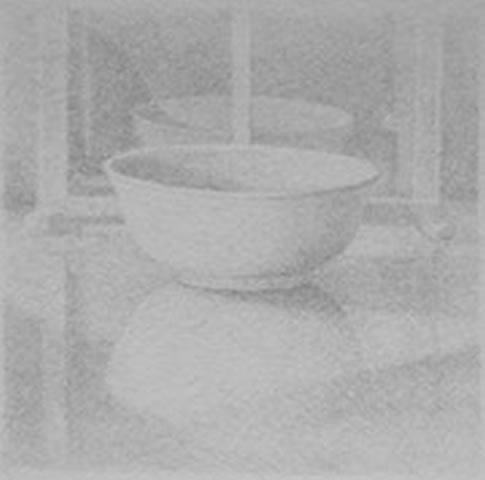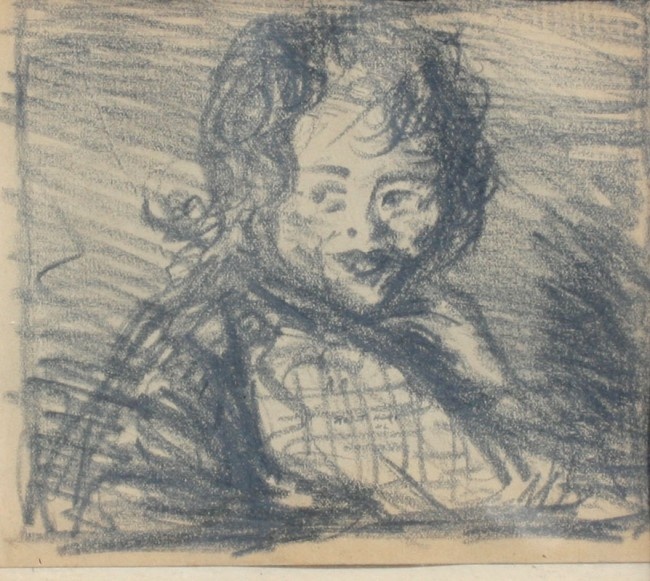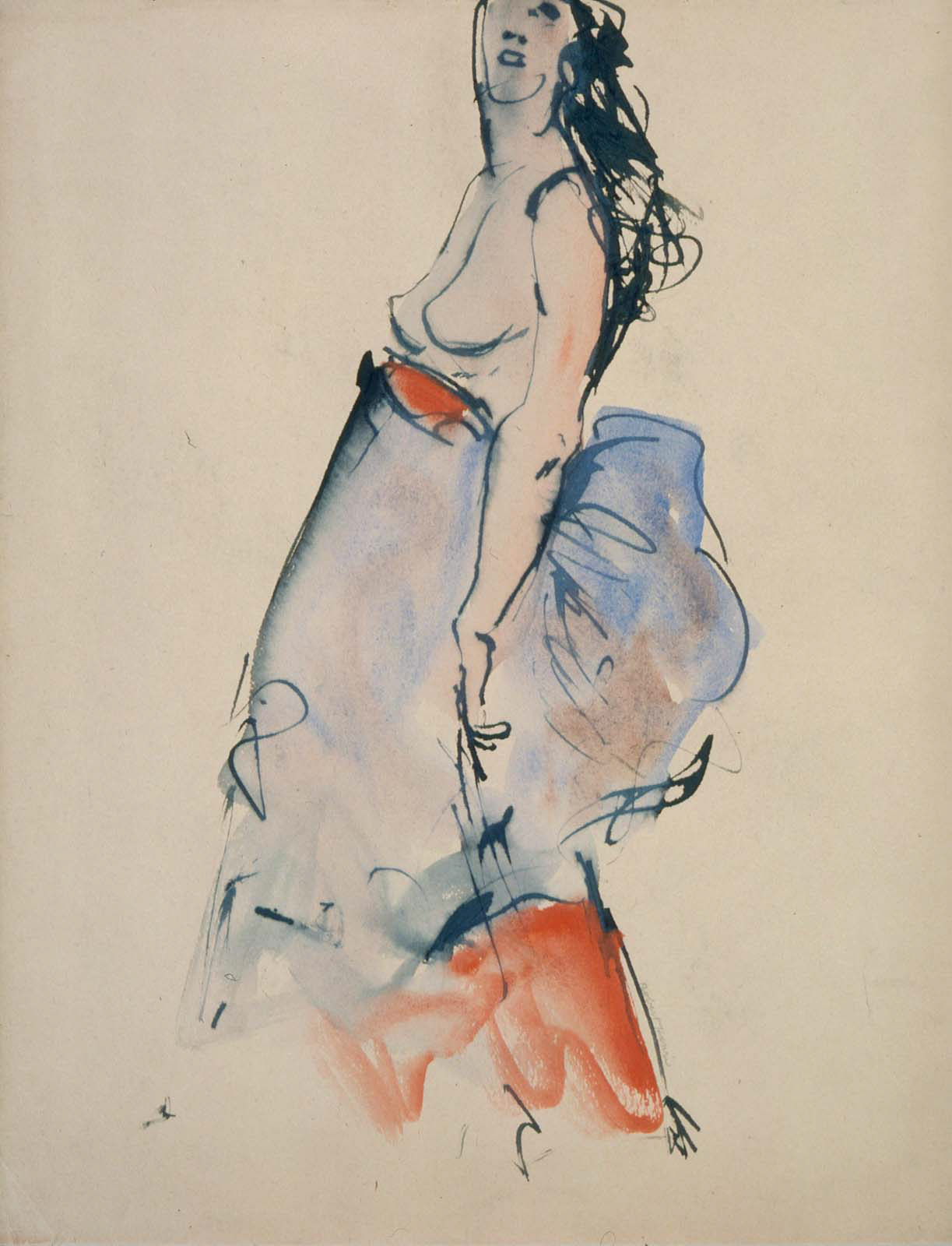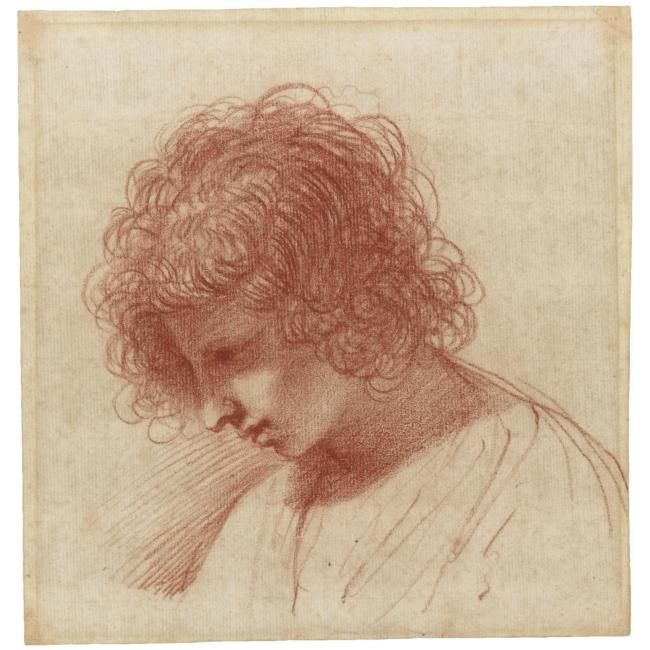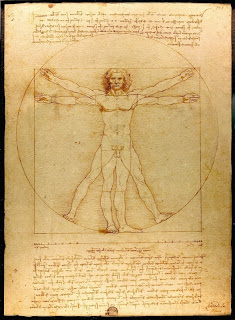J'adore lire des remarques faites à propos de l'art de dessiner. Je suppose que ma prédilection personnelle du dessin y joue une partie. N'empêche, j'ai beaucoup aimé cette prière à Rembrandt, que j'ai trouvée dans le livre de Yankel, Pis que Peindre, publié chez Chimère en 1991. La prière: “Le régal des dessins est d’une autre nature: c’est l’émotion sur le vif, au bout des doigts. La main est là, on la devine derrière le moindre trait évanescent ou asséné. Il y a un miracle de la ligne chez Rembrandt : qu’il soit rageur, incisif, écrasé ou, au contraire, fugace, fulmineux arachnéen ; son parcours est si vrai, si juste, qu’on reste éberlue, ravi, consterné. Qu’il s’arrête pile à un millième de millimètre ou qu’il dépasse l’objectif, c’est juste comme ça que cela devait être. Instinctivement, sa ligne a trouvé ce qu’il faliait d’intensité pour réinventer une vie nouvelle sur une simple feuille légèrement teintée. Le côté fragile, dérisoire, du support, ajoute encore à l’approche extasiée que j’ai de cette rencontre avec le génie. »
Regardez les dessins qu'a fait Rembrandt de sa femme, Saskia van Uylenburch, du moment qu'ils se sont mariés le 6 juin 1633. Le premier, fait en pointe de metal, (qui ne s'efface point), est de ce même jour. Ensuite, ses études de 1636 d'une Saskia endormie ou avec des enfants, parmi d'autres, sont, pour moi, des examples de la ligne de Rembrandt au plus tendre, plus juste, plus merveilleuse.
Je crois que c’est la justesse de la ligne chez Rembrandt qui le rend si extraordinaire aux yeux de ses admirateurs, génération après génération. Chaque fois que l’on se retrouve à une exposition de ses dessins, dans une lumière tamisée, le silence et l’attention intense règnent dans les salles. Tout le monde scrute les petits dessins dont les lignes semblent faites avec désinvolture, mais avec quelle émotion, quelle vérité. Que ce soit un dessin à l’encre ou, rarement, au stylet d’argent, la ligne reste, en effet, miraculeuse.
Tout artiste admire, aspire à en faire pareil, mais – combien de fois dans la vie ? Rembrandt est unique. Tout artiste reconnait ce génie comme un cadeau aux générations suivantes. La prière de Yankel se comprend !






